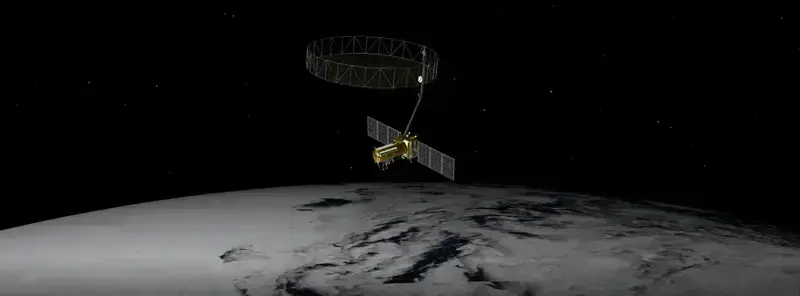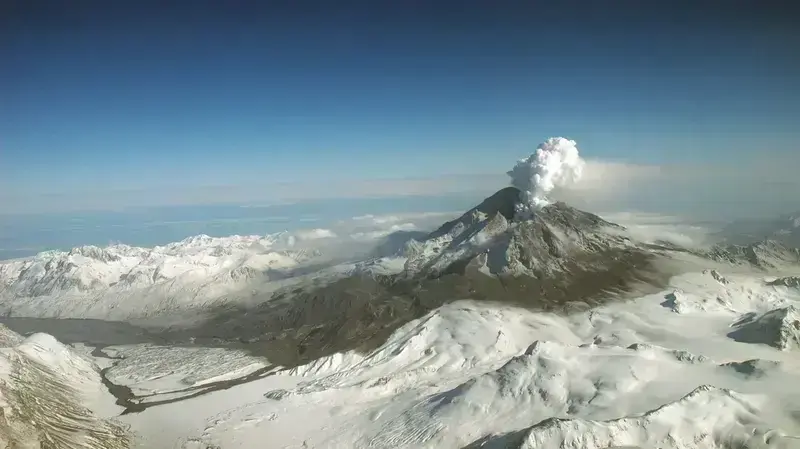Satellite NISAR will be launched on June 18 from the Satish Dhawan Space Centre in Sriharikota, located in the Bay of Bengal. The $1.5 billion research satellite will conduct real-time observations regardless of the time of day and weather conditions.
The tritonal NISAR, equipped with a 12-meter radar antenna, will monitor soil conditions and the water flowing through it with unprecedented detail. The information obtained will be extremely useful for farmers, climatologists, and disaster response teams.
What makes this satellite special?
Satellites that monitor changes on the surface of our planet. planets They have established themselves as valuable scientific tools. For decades, they have provided important data for many weather forecasting and emergency response programs. They have also tracked long-term changes in Earth’s ecosystems and climate.
Most observation satellites require reflected sunlight to capture images. This means they can only take pictures during the day and when there are no clouds. Consequently, these satellites face challenges in areas where cloud cover is prevalent, such as tropical regions, or when nighttime images are needed.
The NISAR satellite – a joint project of the National Aeronautics and Space Administration (NASA) and the Indian Space Research Organisation (ISRO) – addresses these issues. To capture images of the Earth, it uses synthetic aperture radar (SAR) technology. This technology gave the satellite its name: NISAR stands for NASA -ISRO SAR.

What is known about SAR technology?
The SAR technology was invented in 1951 for military purposes. Instead of passively capturing images of the Earth’s surface using reflected sunlight, SAR satellites actively direct a radar signal to the surface and detect the reflected signal. This is somewhat similar to using a flash for photography in a dark room. Science Alert .
Thus, SAR satellites can take images of the planet both during the day and at night. Since radar signals can pass through most clouds and smoke without obstruction, these satellites can capture images of the Earth’s surface even when it is covered by clouds, smoke, or ash. This is especially valuable during natural disasters such as floods, wildfires, or eruptions. volcanoes .
Radar signals can also penetrate structures such as dense vegetation. By the way, the European Space Agency (ESA) utilized the property of SAR signals to penetrate vegetation in its recent Biomass mission. This allows for the mapping of the three-dimensional structure of forests and accurately measuring the amount of biomass and carbon stored in the planet’s forest cover.
Sang-Ho Yun, the director of the Earth Observatory at the Singapore Remote Sensing Laboratory, is a key advocate for the use of SAR in disaster management. Over the past 15 years, Yun has utilized SAR data to map areas affected by hundreds of natural disasters, including earthquakes, floods, and typhoons. The work of the NISAR satellite will largely rely on this researcher’s experience.

Monitoring of numerous ecosystems on Earth
Scientists have been developing NISAR for over 10 years. Ultimately, it has become one of the most expensive satellites for Earth imaging in the history of space exploration.
Satellite data will be freely available worldwide. It will provide high-resolution images of all land and ice surfaces on the planet twice every 12 days.
In terms of scale, its work is similar to that of ESA’s SAR satellites, such as Sentinel-1. However, unlike them, NISAR will be the first SAR satellite to use two additional radar frequencies instead of one. It will also produce images with higher resolution and will be able to cover a larger area of Antarctica than the Sentinel-1 satellites.
NISAR will monitor forest biomass by penetrating deep into vegetation. This is important for studying ecosystems with high levels of biodiversity and significant carbon storage capacity. The satellite will also detect changes in surface height. Lands by a few centimeters or even millimeters. It will monitor the subsidence of dams and map groundwater levels. The created maps will help disaster response teams better assess damage and plan their actions.
The NISAR satellite will also be useful for agriculture, as it can accurately detect soil moisture levels under any weather conditions. The satellite data will be used to determine irrigation timing, which could potentially help increase crop yields.
Other key areas of the NISAR mission will include tracking the movement of Earth’s ice sheets and glaciers, monitoring coastal erosion, and oil spill detection.
So we can expect that this ambitious satellite mission will bring many benefits to science and society.
